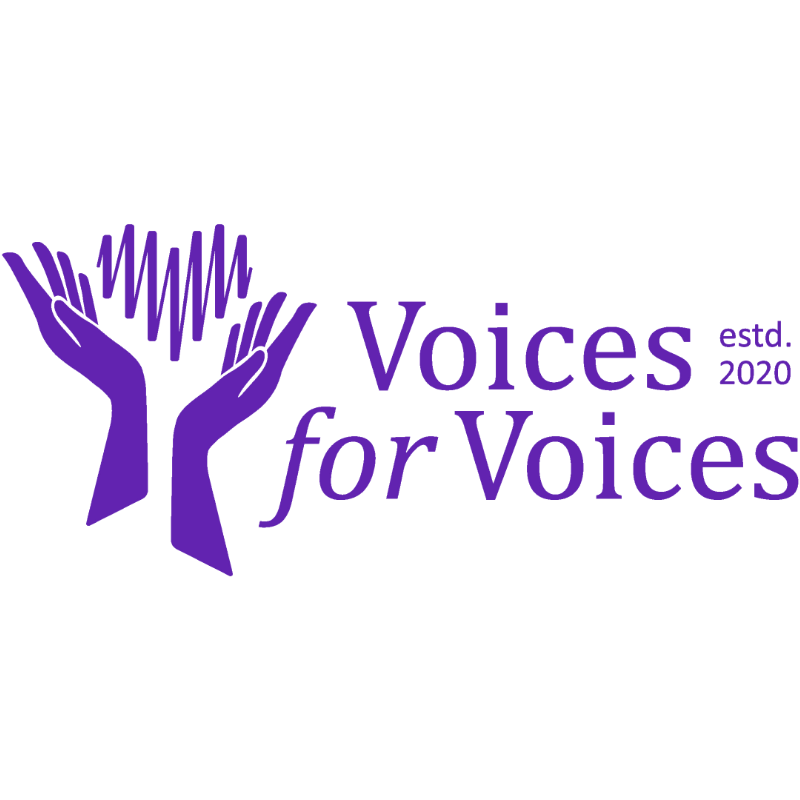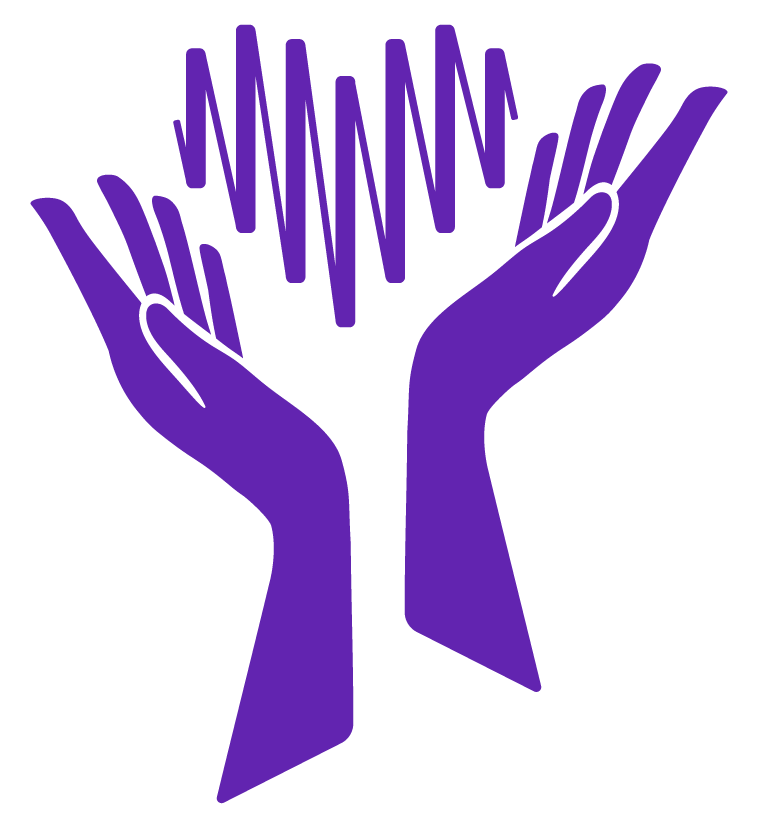What price is a child’s safety worth? (Episode 324)
Public spaces are supposed to feel safe—sanctuaries of routine where worship, play, learning, and celebration happen without fear. Yet a string of violent events and near misses has pushed that sense of safety to the edge, and the gap between public rhetoric and real-world action has never felt wider. The conversation turns raw when a parent stands on a sunlit sideline, surrounded by thousands of families and children, and notices something simple and chilling: there’s no visible security, no EMTs, no basic readiness for the predictable risks of large crowds and youth athletics. That lived moment exposes a broader reality many of us are reluctant to name—everyday gatherings are soft targets, and our current approach is either inconsistent or absent. The stakes aren’t abstract. Children tumble and leap, crowds surge, heat climbs, and emergencies—violent or medical—don’t call ahead. If we accept regular safety protocols for high school football games and airport terminals, why do other large youth events get a pass?
We can’t keep defaulting to slogans. “See something, say something” only works if there’s a trained, authorized someone to say something to, and a plan to act fast. Communities need a baseline standard for large gatherings: visible law enforcement presence, trained medical support on-site, clear ingress and egress, designated safe zones, and communication plans that reach parents, staff, and volunteers within seconds. These are not extraordinary measures; they are the same fundamentals used anywhere crowds gather—stadiums, parades, and big-box retail on holiday weekends. The perceived barrier is always cost. But security spending is not a luxury—it’s risk management and duty of care. Event budgets already cover venues, judges, uniforms, trophies, and promotions; a small reallocation—paired with sponsor help or district partnerships—can fund a couple of officers, a mobile EMT unit, and radios. If ambulance coverage is standard at a Friday night game, extend that logic to cheer competitions, band showcases, and youth tournaments that draw similar headcounts.
Policy can help, but waiting for legislation isn’t a plan. Organizers can adopt a simple checklist: confirm headcount thresholds that trigger mandatory security and medical presence; designate a safety lead; coordinate with local police for event timing and site layout; stage first-aid and hydration; map shade and heat relief; audit parking flow for emergency access; and publicize the plan so families know where to go and who to contact. Transparency matters. When people see patrols, signage, and EMT stations, risk drops through deterrence and faster response. Faith communities should build similar layers: volunteer greeters trained in situational awareness, discreet communication tools, a relationship with local law enforcement, and trauma-informed plans that respect worship while reducing vulnerability. None of this erodes the warmth of a service or the joy of a competition; it protects it.
Culturally, we must reframe safety as hospitality. Making sure kids and families get home is the most basic promise an organizer can make. That promise also includes mental health awareness: crowds, sirens, and heat can trigger panic, so staff should know de-escalation basics and when to call medical support. After-action reviews—short, honest debriefs—turn every event into a lesson that strengthens the next one. As communities, we can ask better questions when we register: Who’s the safety lead? Where is the EMT station? How do we get notified in an emergency? We can pool parent volunteers for wayfinding, hydration tables, and watchful presence at gates. We can advocate at school boards and city councils for a uniform standard across youth events, not just the most visible sports.
Faith and mission motivate many community leaders, and that perspective can power consistent care rather than reactive outrage. Prayer and purpose don’t replace planning; they guide it. When tragedies occur, they often reveal the same gaps: unclear command, delayed response, blocked access points, and bystanders unsure what to do. Filling those gaps is achievable with checklists, drills scaled to the event’s size, and partnerships with local EMS. Even simple tools—whistles for volunteers, mass-text systems, clear signage—change outcomes. The path forward is not about turning every field into a fortress; it’s about matching risk to response with calm, visible readiness. The cost of doing nothing is paid in seconds when seconds matter most. If we can agree that children’s safety at cheer, band, and youth sports is as vital as at varsity football, then we can agree to extend the same baseline protection everywhere families gather. Action is overdue; consistency is within reach; the time to standardize safety is now.
What price is a child’s safety worth? (Episode 324)
📺Rumble: voices-for-voices.org/4gQN3EP
📺YouTube: voices-for-voices.org/4gPXzfF
🎧Web Browser: voices-for-voices.org/3WJ9frC
🎧Apple Podcasts: voices-for-voices.org/4gNjljO
🎧Podcast Addict: voices-for-voices.org/4eqJp32
🎧📺: Any Smart Speaker/TV
🎧CastBox: voices-for-voices.org/4nlhiqp
🎧iVoox: voices-for-voices.org/4nAXbEu
🎧Spotify: voices-for-voices.org/3UfceGE
🎧Podbean: voices-for-voices.org/4fjHVID
🎧iHeart: voices-for-voices.org/4nxMqm4
🎧Audacy: voices-for-voices.org/4l3YdqK
🎧Amazon Music: voices-for-voices.org/471dJPQ
🎧Podcast Republic: bit.ly/46ZQpjh
🎧TuneIn: voices-for-voices.org/40WGlXj
🎧Pocket Casts: bit.ly/4d6E66Z
🎧Deezer: bit.ly/3UydHaJ
🎧Podchaser: voices-for-voices.org/4jJgrh6
🎧Podcast Index: voices-for-voices.org/42kyVxD
🎧PlayerFM: player.fm/series/voices-for-voicesr
🎧TrueFans: voices-for-voices.org/420fwlT
🎧Goodpods: voices-for-voices.org/3SS0XuZ
🎧Listen Notes: voices-for-voices.org/46FCK3k
Become a supporter of the show! voices-for-voices.org/443fL0U
#ChildSafety #SafeKids #ParentingTips #ChildProtection #SafetyFirst #KidsWellbeing #FamilySafety #ProtectOurChildren #ChildhoodAwareness #SafeEnvironment #ParentalGuidance #InvestInSafety #RaisingAwareness #ChildrensRights #CommunityResponsibility #justiceforsurvivors #justice4survivors #VoicesforVoices #VoicesforVoicesPodcast #JustinAlanHayes #JustinHayes #help3billion #TikTok #Instagram #truth #factoverfictionmatters #transparency #VoiceForChange #HealingTogether #VoicesForVoices324

